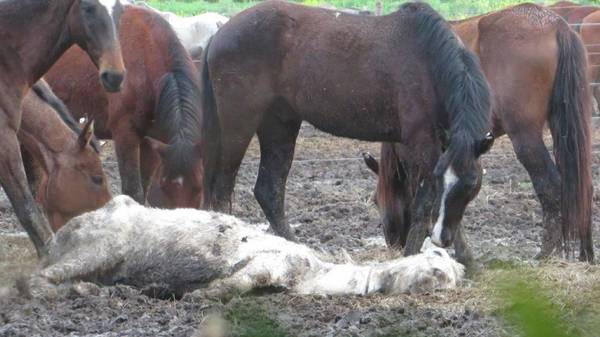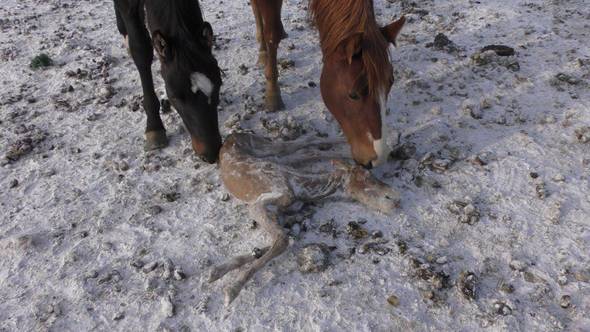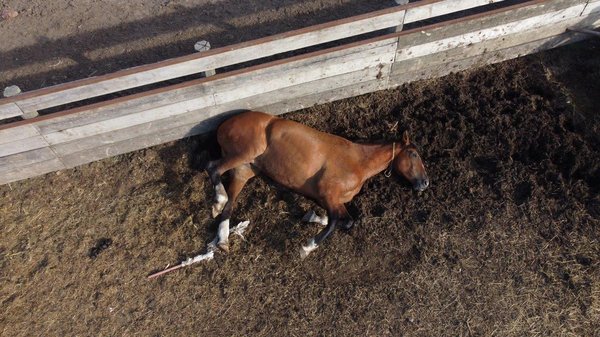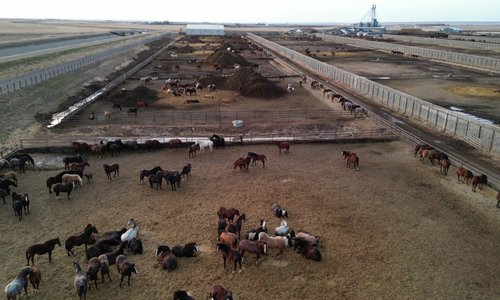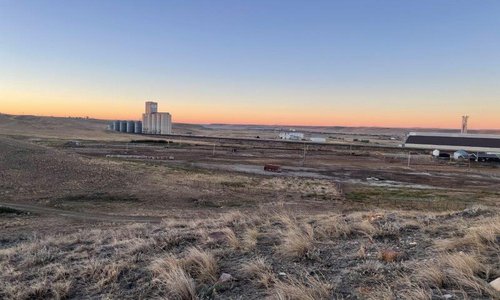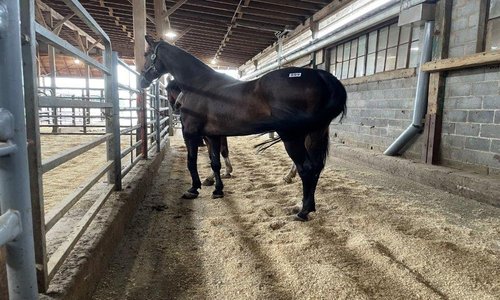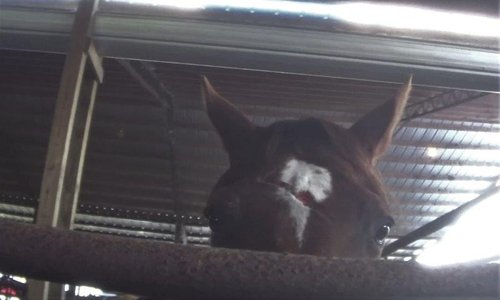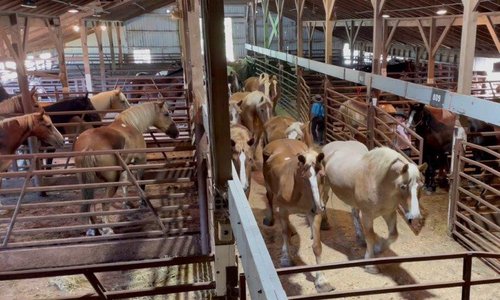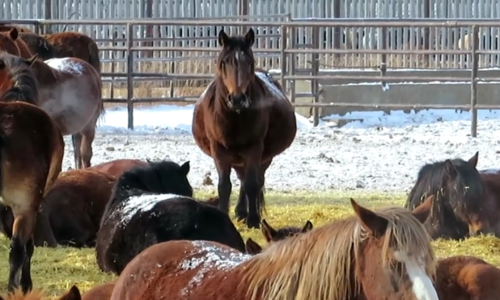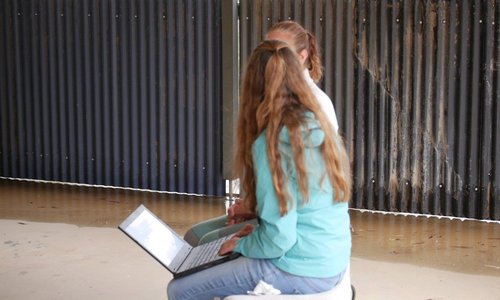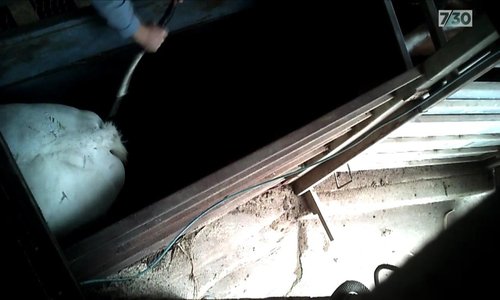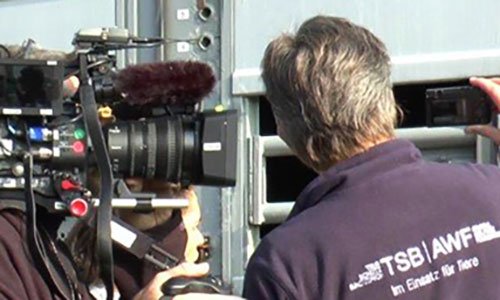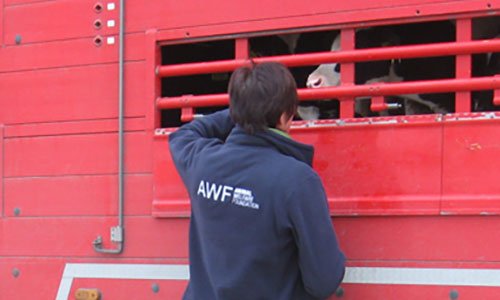Horsemeat Imports
North and South America
Since 2012, TSB and AWF have been investigating about horsemeat production in North and South America and documented the whole supply chain of horses: from auctions and rodeos via assembly centres and transport through to the slaughterhouses. The findings of these investigations are clear: horses are systematically neglected and mistreated before being slaughtered for export to the EU and Switzerland.
Injured, sick and dying animals are left without assistance instead of receiving veterinary care or being emergency killed. The handling is often violent, and the majority of horses have no protection from the elements.The conditions at the slaughterhouses do not meet European animal welfare standards, although the plants are certified for animal welfare by SGS and participate in the project “Respectful Life” created by the European importers. The horses are transported over long distances in inappropriate trucks – without supply of water and feed, and often without protective roof.
Furthermore, stolen horses enter the horsemeat production chain in Argentina, and smuggled horses in Uruguay. Because of unreliable documents and identification of horses in North and South America, it is impossible to guarantee traceability. The last owner - usually the slaughter merchant - provides information on the origin of the horses and the medical treatments during the last six months. Since 1st of March 2017, the EU demands a six-month residency period for US horses sent to slaughter in Canada for the EU market, in order to ensure that there are no drug residues in the meat. The goal of this quarantine requirement is consumer protection, but it prolongs the suffering of the horses in the feedlots. They are kept in the open without any shelter, at temperatures as low as -30°C in winter, which leads to foals freezing to death at birth.
Australia, Slaughterhouse Meramist:
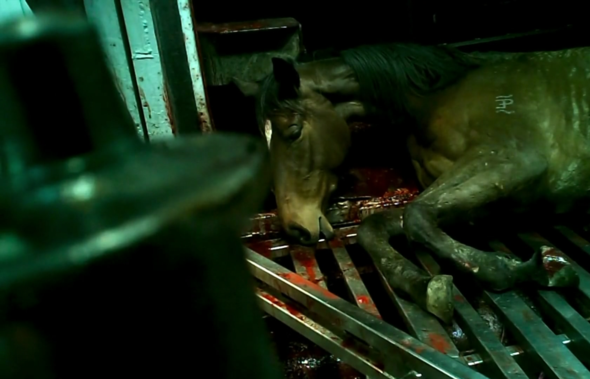
Horsemeat imports from Australia
The imports from Australia to Switzerland have almost doubled since 2013. Therefore, we have started to investigate about the production of horsemeat in Australia in 2019. The transport vehicles are the same as in South America: open cattle trucks which are absolutely inadequate for horses. The transport distances to slaughter are extremely long, with up to 1,500 km and lasting up to 30 hours. Horses frequently die on these cruel transports. In the assembly centres of the kill buyers, the horses are left without veterinary care and with insufficient feed supply. In the Meramist abattoir, they are tortured systematically. They are beaten, kicked and receive electric shocks. Stunning failure often occurs, and many horses are bolted several times (up to five times). Some are still conscious when being hoisted for bleeding. With horsemeat from Australia, the risk of drug residues is particularly high, since more than 50% of the slaughtered horses are discarded racehorses.
Update June 2023: In Australia, the only EU-approved horse abattoir, Meramist, has stopped slaughtering horses.
Argentina, Slaughterhouse Land L:
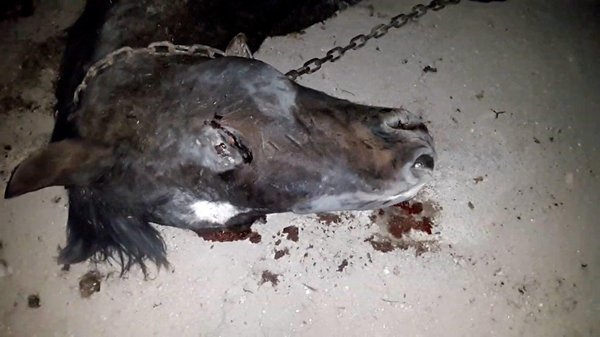
We are demanding an import ban
In 2015, the EU Commission imposed a ban on horsemeat imports from Mexico, which also applies to Switzerland. In the audit report of the EU veterinary authority, our findings regarding animal cruelty were explicitly confirmed. In 2017, horsemeat imports from Brazil were also suspended. For several years, we have been providing evidence that the audits of the EU Commission and European importers are manipulated by horse dealers and slaughterhouse operators. For example, pregnant, injured, sick and emaciated horses are replaced or removed. The reports of the latest EU audits in Uruguay and Argentina state that the assembly centres were either empty or the horses had been exchanged shortly before the visit.
It is now an import ban on horsemeat from Mexico and Brazil – we continue until a ban on all horsemeat from America and Australia follows, as in the other countries the conditions for the horses are just as torturous.
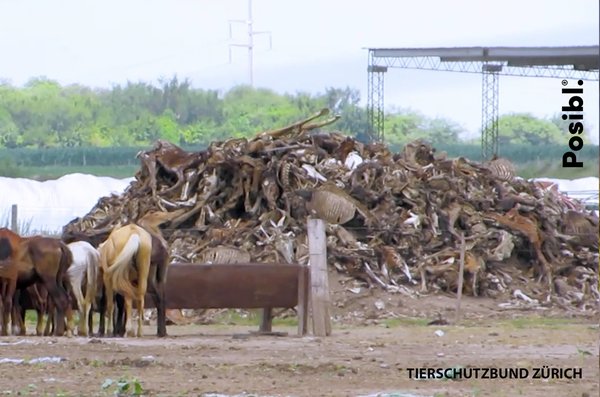
Our documentary films on horsemeat imports:
Briefing about Horsemeat Imports:
Eurogroup for Animals (Download)
Petition to the EU Commission:
Sign the petition to stopp horsemeat imports
Dossier:
Film cooperation with Posibl. Media:
Documentary "Cinco Corazones" (Argentina)
Please note: The language of the subtitles must be selected manually.
